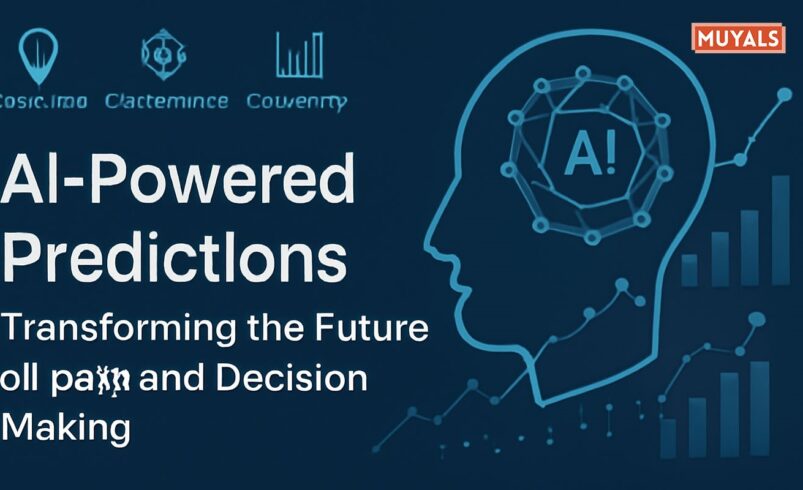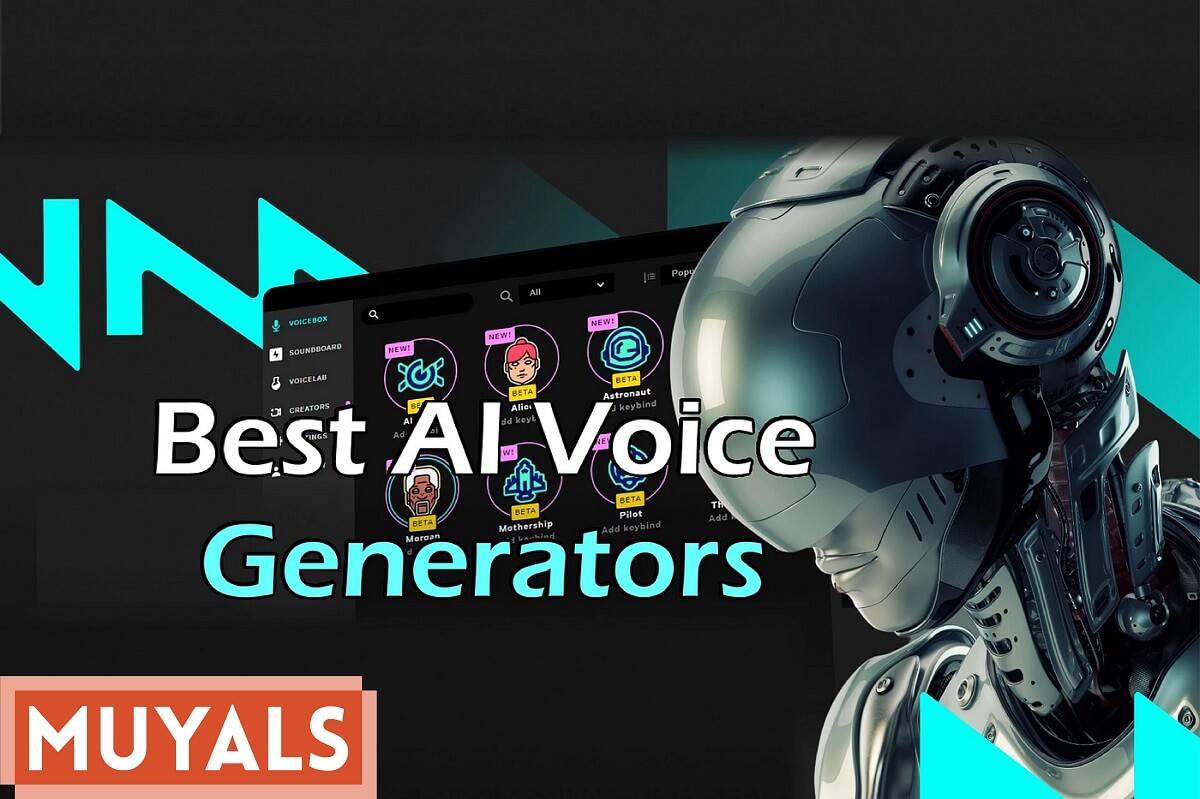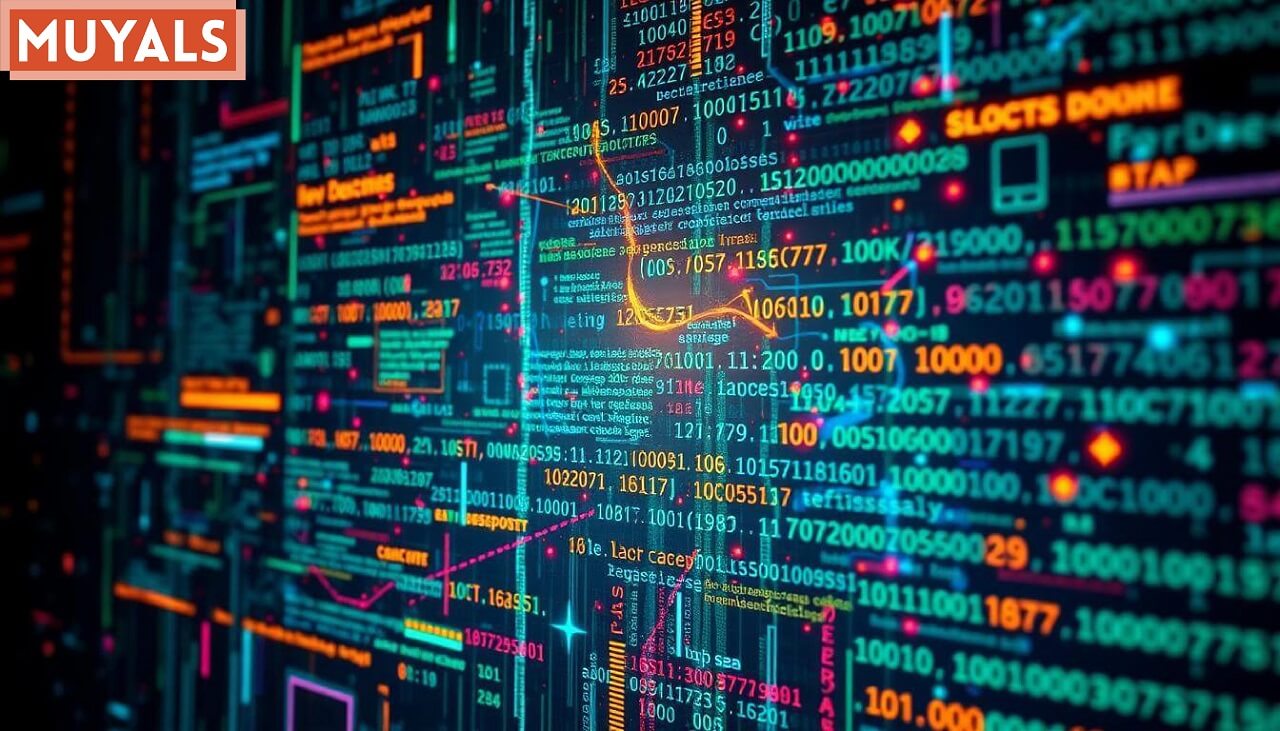Imagine a world where decisions are made not just on gut instinct, but based on precise predictions powered by vast amounts of data. From predicting stock market trends to forecasting weather patterns and even personalizing your shopping experience, AI-powered predictions are becoming a core element of everyday life. In fact, many of the advancements we now take for granted, like personalized recommendations on Netflix or Amazon, are driven by AI algorithms predicting what you’ll love next.
What Are AI-Powered Predictions?
Understanding the Concept of AI-Powered Predictions
AI-powered predictions refer to the ability of machines to analyze vast amounts of historical and real-time data using algorithms to forecast future events, behaviors, or trends. These predictions are made possible by machine learning (ML) and deep learning (DL)—subfields of AI that enable systems to improve their accuracy over time by learning from data.
For example, an AI system might predict the likelihood of a customer buying a particular product based on their browsing history or forecast the potential impact of climate change on crop yields. These predictions are often much more accurate than human intuition because AI can process and analyze data at a speed and scale beyond human capacity.
How Do AI-Powered Predictions Work?
The Role of Data
At the core of any AI-powered prediction is data. AI systems rely heavily on large datasets, which are used to train machine learning models. The more data these models are exposed to, the better they become at recognizing patterns and making predictions. For instance:
- Weather Prediction: Weather forecasting models rely on years of historical weather data and real-time data inputs from satellites, weather stations, and ocean buoys.
- Stock Market Predictions: Financial models analyze past market trends, economic indicators, and corporate performance to predict future market movements.
- Customer Behavior: E-commerce websites use customer interaction data to predict what products you’re most likely to purchase next.
The Machine Learning Process
The process of making AI-powered predictions generally involves the following steps:
- Data Collection: Gathering a large volume of data relevant to the problem at hand (e.g., weather data, stock market data, user behavior data).
- Data Processing: Cleaning and structuring the data so that it can be used effectively in predictive models.
- Model Training: Using machine learning algorithms to train a model on the processed data. The model “learns” patterns and correlations within the data.
- Prediction: After training, the model can make predictions based on new, unseen data.
- Feedback and Improvement: Over time, AI systems improve their predictions by learning from feedback and new data.
The Power of AI-Powered Predictions in Business
AI for Personalization and Customer Experience
AI is used extensively to predict customer behavior and deliver personalized experiences. Websites and apps use AI to predict the products, services, or content a user is likely to be interested in based on their past behavior. For example:
- E-Commerce: Amazon uses AI to predict which products customers are most likely to buy based on their browsing history, past purchases, and even what other users with similar behaviors have bought.
- Streaming Services: Netflix and Spotify use AI to predict the movies, shows, or songs you’ll enjoy based on your past viewing or listening habits.
These personalized recommendations not only enhance user experience but also drive higher engagement and sales for businesses.
Pros and Cons
Pros
- Accuracy: AI models can analyze vast amounts of data and identify patterns that may not be apparent to humans, leading to more accurate predictions.
- Speed: AI can process and analyze data much faster than human experts, allowing for quicker decision-making.
- Scalability: AI systems can handle large datasets, making them ideal for industries that require real-time analysis of vast amounts of information (e.g., finance, healthcare, and retail).
- Cost-Effectiveness: Over time, AI can help businesses reduce operational costs by optimizing processes like inventory management, marketing, and logistics.
Cons
- Data Quality and Bias: AI predictions are only as good as the data used to train them. Poor-quality or biased data can lead to inaccurate predictions and perpetuate existing biases.
- Privacy Concerns: The use of personal data in AI-powered predictions raises privacy concerns. For instance, predicting user behavior or health outcomes based on personal data requires strict data protection measures.
- Over-reliance on Technology: Over-relying on AI predictions without human oversight can lead to poor decision-making, especially when predictions are based on incomplete or biased data.
- Cost of Implementation: Developing and maintaining AI-powered prediction systems can be expensive, especially for smaller businesses.
AI in Different Industries: A Broader Perspective
Healthcare
AI is transforming healthcare by predicting disease outbreaks, patient diagnoses, and even personalized treatment plans. AI tools help doctors and healthcare providers by analyzing patient records and medical histories to predict risks and outcomes.
Retail and E-Commerce
Retailers use AI to forecast demand, optimize supply chains, and enhance customer experience with personalized recommendations. By predicting consumer behavior, businesses can stock the right products and tailor their marketing strategies accordingly.
Agriculture
Farmers use AI-powered predictions to forecast weather patterns, predict crop yields, and identify pest outbreaks. By analyzing soil quality, weather data, and historical crop performance, AI helps farmers make informed decisions to improve their productivity.
Conclusion: The Future Is Predictive
The power of AI-powered predictions is transforming the way we make decisions. From predicting stock market trends to personalizing your shopping experience, AI is enabling more accurate, data-driven decision-making across industries. As AI continues to evolve, its ability to predict the future with greater accuracy will change.
FAQs
What are AI-powered predictions used for?
AI-powered predictions are used in various fields such as healthcare, finance, retail, agriculture, and logistics. To forecast future events, optimize operations, and improve decision-making.
How accurate are AI-powered predictions?
AI-powered predictions can be highly accurate, but their reliability depends on the quality of the data used and the algorithms powering the predictions.
Are AI-powered predictions the future of decision-making?
Yes, AI-powered predictions are likely to play an increasingly significant role in decision-making, as more industries adopt AI to optimize their processes and improve outcomes.
Visit More: Muyals









